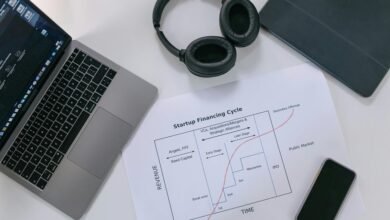Mutf_In: Uti_Mnc_Reg_5dc3st

Mutf_In: Uti_Mnc_Reg_5dc3st represents a significant evolution in financial regulation. It aims to enhance transparency while protecting investors. However, the implementation brings challenges, including rising compliance costs and the demand for adaptability. As these regulatory frameworks evolve, the integration of technology will play a crucial role. This intersection raises questions about the future of regulatory practices and their impact on market dynamics. What innovations might emerge to address these complexities?
Understanding the Concept of Mutf_In: Uti_Mnc_Reg_5dc3st
The concept of Mutf_In: Uti_Mnc_Reg_5dc3st represents a critical framework within the broader context of regulatory mechanisms in the financial sector.
This framework highlights mutf_in benefits, such as increased transparency and investor protection.
However, it also faces uti_mnc_reg challenges, including compliance costs and the need for adaptation to rapidly evolving market conditions, which may hinder its effectiveness in achieving desired regulatory outcomes.
The Role of Technology in Enhancing Utility Management
As technology continues to advance, its integration into utility management becomes increasingly vital for enhancing efficiency and effectiveness.
Smart grids facilitate real-time energy distribution and consumption monitoring, while data analytics empowers utilities to optimize resource allocation and predict demand.
This technological convergence not only streamlines operations but also fosters a more sustainable energy landscape, ultimately granting users greater control and flexibility over their utility consumption.
Implications for User Experience in Digital Frameworks
Advancements in technology within utility management significantly influence user experience in digital frameworks.
A well-designed user interface enhances user engagement, allowing for intuitive navigation and streamlined interactions. As users seek efficient and responsive solutions, the integration of advanced features fosters greater satisfaction and autonomy.
Consequently, understanding these implications is crucial for developing digital tools that resonate with user expectations and needs.
Future Trends and Innovations in Regulatory Practices
Although regulatory practices have traditionally been reactive, a shift towards proactive strategies is emerging in response to evolving technological landscapes and user needs.
Innovations such as regulatory automation and compliance analytics are poised to enhance efficiency and transparency.
These advancements facilitate real-time monitoring and adaptive compliance measures, empowering organizations to navigate regulatory complexities while fostering a culture of accountability and freedom in decision-making.
Conclusion
In conclusion, Mutf_In: Uti_Mnc_Reg_5dc3st represents a pivotal shift in financial regulation, merging enhanced transparency with the demands of contemporary market dynamics. While the integration of innovative technologies can alleviate some compliance burdens, the ongoing evolution of regulatory practices necessitates a delicate balance between investor protection and operational efficiency. Ultimately, the success of this framework will hinge on its ability to adapt to changing landscapes and leverage technological advancements, ensuring a robust financial ecosystem for all stakeholders.





